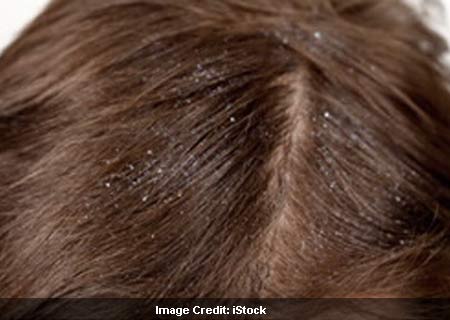The typical urban day life exposes our body to a lot of wear and tear, and the hair is surely the last to be spared. The result is extremely dry hair and dandruff duly coupled with itching sensations. A fungus that is solely responsible for causing dandruff has been scrutinized by American Chemical Society experts who have located its apparent weakness.
The main causal factor for dandruff is excess loss of dead skin cells located on the scalp. It may take about 30 days for skin cells to grow, die and fall in case of no dandruff. However, this process could take just about 2 to 7 days when there is dandruff. Basically, a fungus called Malassezia globosa (M. globosa) resides on the scalp that is one of the reasons why people develop this issue.
Though, there are some home remedies and synthetic agents to relieve this condition, they are not thoroughly effective. To defeat the pathogen in question, the team found an enzyme that is critical for the growth of the fungus. Targeting this substance via sulfonamides seemed to be more effective than other alternatives like ketoconazole. Both these compounds are anti-fungal medications that are used for the treatment of dandruff.
The investigators concluded that future drugs ought to focus on the newly found enzyme for the treatment of dandruff. This report titled. ‘Molecular Cloning, Characterization and Inhibition Studies of a β-Carbonic Anhydrase from Malassezia globosa, a Potential Antidandruff Target’ is published in the recent issue of the Journal of Medicinal Chemistry.

